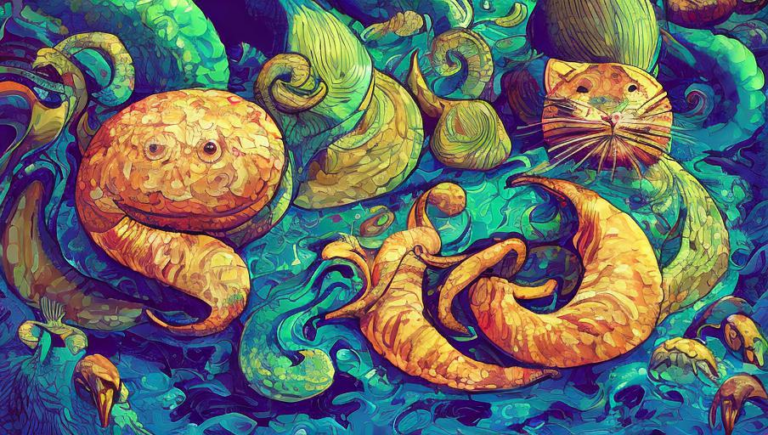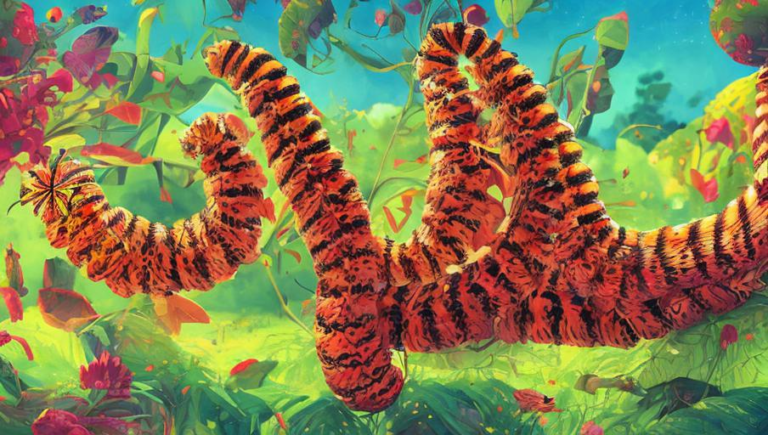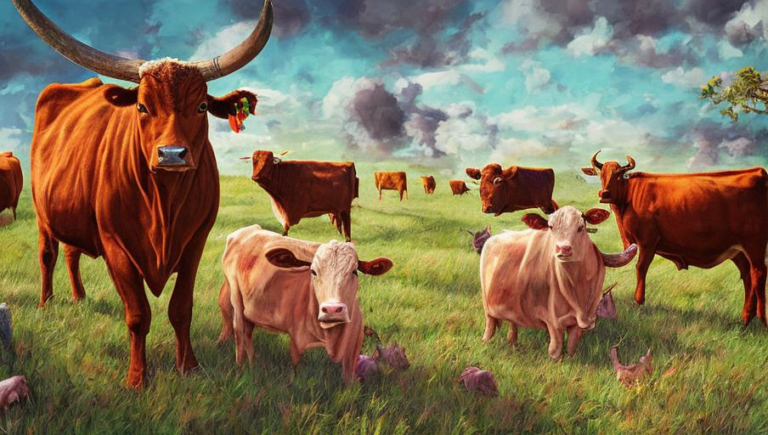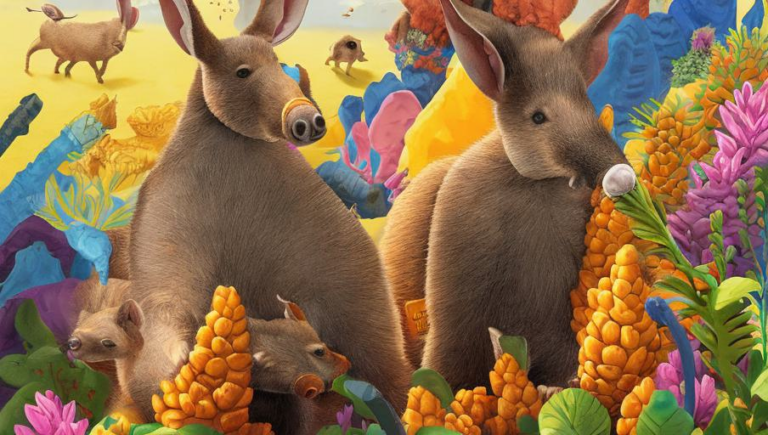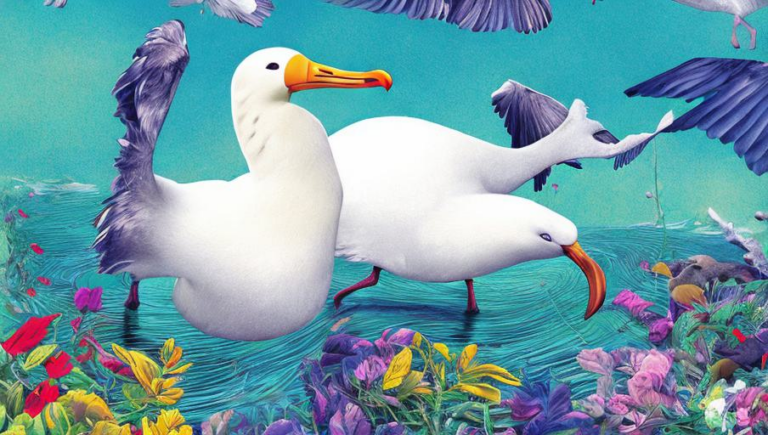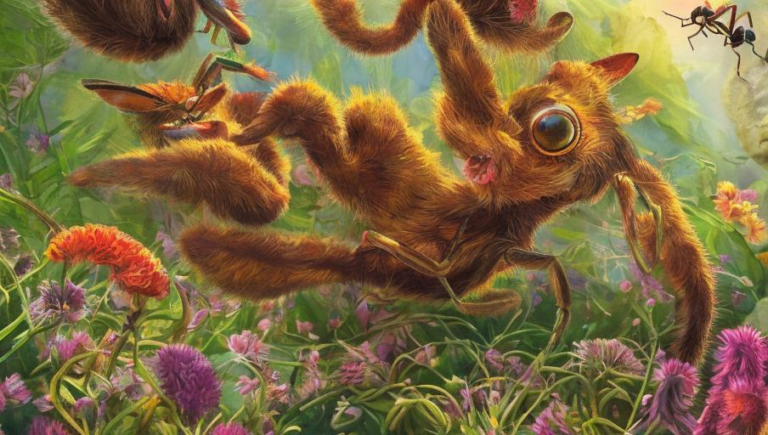Your Guide to the Capybara’s Natural Predators
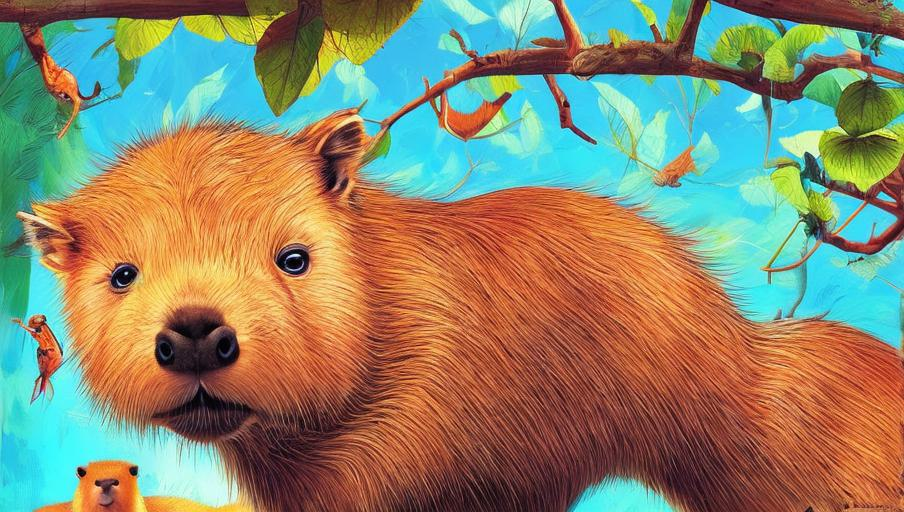
The Capybara’s Natural Predators
The capybara is a large rodent native to South America, and it is the largest rodent in the world. It is found in grasslands, swamps, and rivers and is widely distributed throughout Central and South America. As a herbivore, it plays an important role in the food web. But what about the capybara’s predators? Let’s take a look at the animals that consider the capybara to be a meal.
Jaguars
Jaguars are the largest cats in the Americas and they are the capybara’s top predator. Jaguars are powerful and fast, and they are very well adapted to hunting in the dense vegetation of their habitat. They are also excellent swimmers and they are known to hunt capybaras in and around rivers and swamps. Jaguars usually hunt alone, but they have been known to hunt in pairs or small groups when food is scarce.
Caimans
Caimans are a group of crocodilian reptiles found in Central and South America, and they are the second most common predator of the capybara. Caimans are ambush predators, and they prefer to hide in the water and wait for their prey to come to them. They are well-adapted to hunting in the shallow, murky waters of their habitat, and they are known to feed on capybaras. Caimans are solitary animals, but they have been observed to hunt in pairs and small groups.
Snakes
Snakes are a common predator of the capybara, and they are found throughout Central and South America. Some of the most common snakes that prey on capybaras are the anaconda, boa constrictor, and bushmaster. These snakes are ambush predators, and they will wait in the vegetation or water until the capybara passes by. They then strike quickly and silently, using their powerful coils to subdue the capybara.
Birds of Prey
Birds of prey, such as hawks and eagles, are also predators of the capybara. These birds are found throughout Central and South America, and they have keen eyesight which allows them to spot their prey from high above. They will swoop down from the sky and snatch the capybara in their talons, carrying it away to be eaten.
Humans
Humans are also a major predator of the capybara, as they are hunted for their meat and fur. They are also captured for the pet trade, and their habitats are often destroyed by human activity. As such, it is important for humans to take steps to protect capybaras and their habitats.
Conclusion
The capybara is an important species in its native habitat, and it is important to understand its predators in order to protect it. Jaguars, caimans, snakes, birds of prey, and humans are all predators of the capybara, and it is important to take steps to protect the species and its habitats. By doing so, we can ensure that the capybara will remain a part of its native ecosystem for many years to come.
